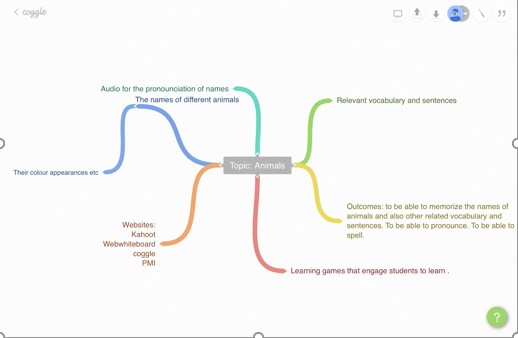Dr Hongzhi (Veronica) Yang, from the School of Education and Social Work, participated in the Faculty of Arts and Social Sciences Online By Our Design (OBOD) initiative, sharing strategies she’s implemented for online teaching, drawing from a 2019 Strategic Education Grant (SEG) that enabled her to develop language specific methods and teaching resources (video) in her language curriculum units.
How do you approach online teaching?
‘Acknowledging people’s concentration spans are relatively shorter in the online learning space, I tend to structure my lectures based on the method of ‘double stimulation’. For example, a lecture might start with posing a question, a scenario, or a problem for students to brainstorm possible resolutions. This is to activate their prior knowledge and draw out any gaps in their knowledge. After the initial discussion, I provide them with the second stimulus, which is an example resolution to the problem, such as a video demonstration of a teaching strategy, or a scaffolded teaching design followed by a set of instructions.
To make students’ learning more effective, I often ask them to provide critical reflections on the practices shown in the videos and encourage them to make their own adaptations. Additionally, I provide students with discussion questions, which allows them to evaluate ideas, as the following example illustrates’:

Task 2: Pre-and post-video discussion worksheets
Students use Coggle, a collaborative mind mapping and flow chart program, which is used to help them visualise their thinking through collaboration with one another.

Task 5: Using Coggle for collaborative brainstorming
Students gave very positive feedback for the guided worksheets I used in the EDSE4030, with one noting: ‘the guided worksheet instructed to be completed during seminars was also a great idea and worked well given the constraints and challenges of online learning via Zoom.’
What are the most common questions you receive from students since the shift to online learning? How do you manage this?
‘Since the moving online, students have more questions regarding assessment. Many questions tend to be repetitive, which I believe is a reflection that students are generally feeling more anxious with the loss of face-to-face contact with their teacher.
To address this, I summarise the frequently asked questions (FAQs), and publish responses on Canvas. I dedicate more time to responding to students’ enquiries, and patiently direct them to the Canvas page or to the resources they needed.
I didn’t realise how positively this was being received at the time, until the USS commendations came out for another class I teach – EDMT6611: “Veronica has also been very gracious with her time, making it clear to us that she is available to answer our queries after lectures or through emails. This availability has been tremendously helpful for me as a student as it made me feel able to ask any questions with confidence that the teachers have our best interests at heart.”
Comments like this make it all worth it!’





